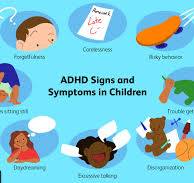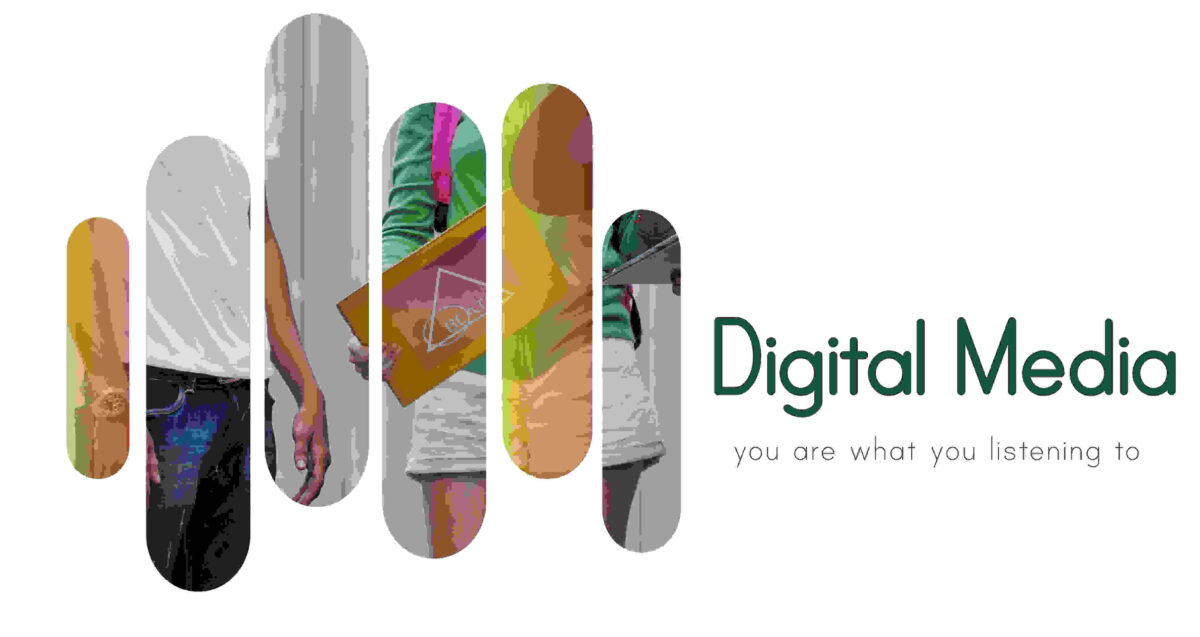Understanding ADHD: Grasping the Fundamentals

The neurodevelopmental disorder known as Attention Deficit Hyperactivity Disorder (ADHD) has a substantial impact on both adults and children. ADHD is characterized by signs of impulsivity, hyperactivity, and inattention. It can affect social interactions, professional functioning, and academic achievement, among other areas of life. In order to gain a thorough understanding of the basics of ADHD, it is imperative to investigate its definitions, causes, symptoms, diagnostic standards, and available treatments.
Describe ADHD: An Overview of the Disorder
Persistent patterns of hyperactivity-impulsivity and/or inattention that impede functioning or growth are characteristics of ADHD.Major medical organizations such as the World Health Organization (WHO) and the American Psychiatric Association (APA) have recognized it as an illness.ADHD symtoms is a chronic illness that can impact people for the duration of their life rather than just being a period of childhood behavior.
Historical Background: The Development of Understanding ADHD
The idea behind ADHD has changed over the years. Children who had signs of impulsivity and hyperactivity in the early 1900s were frequently diagnosed with “hyperkinetic impulse disorder.”
In the DSM-III (1980), the term “Attention Deficit Disorder” (ADD) was first used. Three subtypes of ADHD—inattentive, hyperactive-impulsive, and mixed presentation—were later added to the categorization in the DSM-IV (1994).
The DSM-5 (2013) provides the current diagnostic criteria and keeps the three presentation categories for ADHD based on symptomatology.
Demographics and Prevalence: Range of ADHD
One of the most prevalent neurodevelopmental diseases, ADHD affects 2-5% of adults and 5-7% of children globally.
Boys are diagnosed with it more often than females, though this could be partially explained by the way the symptoms present—girls tend to show more inattentiveness, while boys tend to display more overt hyperactivity.
All socioeconomic, cultural, and ethnic groups can experience ADHD, yet diagnostic and identification methods may differ.
Foundations of Neurobiology: The Brain and ADHD
Studies show that variations in the structure and function of the brain, particularly in areas pertaining to attention, impulse control, and executive function, are linked to ADHD.
ADHD is largely influenced by neurotransmitter systems, particularly those involving dopamine and norepinephrine. These neurotransmitters play a role in behavior and attention regulation.
Heritability estimates for ADHD range from 70 to 80%, suggesting a high familial component. Genetic variables are crucial.
Signs and Variants: Recognizing ADHD
The three main signs of ADHD are impulsivity, hyperactivity, and inattention. These symptoms can take many different forms, like inability to focus, excessive speech, and acting without thinking.
There are three subtypes of ADHD:
Presentation Characterized by Predominantly Inattentiveness: Defined by notable distractibility and inattention without overt hyperactivity.
Presentation that is Predominantly Hyperactive-Impulsive: characterized by impulsive behavior and high motor activity without a noticeable lack of focus.
Both hyperactive-impulsive and inattentive symptoms are present in the combined presentation.
It is necessary for symptoms to produce a major impairment in social, academic, or occupational functioning, to be inappropriate for the developmental stage, and to be present for at least six months.
Assessment and Diagnosis: Managing the Diagnostic Procedure
A thorough evaluation is required for the diagnosis of ADHD. This evaluation consists of behavioral evaluations, clinical interviews, and information gathering from the patient, their parents, and teachers, among other sources.
To evaluate the intensity and effect of symptoms, standardized rating scales and questionnaires such as the Conners’ Rating Scales and the ADHD Rating Scale are frequently utilized.
It’s critical to rule out other illnesses like anxiety disorders, learning difficulties, and mood disorders that could mimic or coexist with ADHD.
Effects on Day-to-Day Living: Aftereffects of ADHD
People with ADHD frequently experience difficulties in a variety of spheres of life. They could find it difficult to pay attention to details, to follow directions, and to finish work in academic contexts.
Adults with ADHD may struggle in the workplace to stay organized, manage their time well, and meet deadlines.
Impulsivity and inattentiveness can also have an impact on social connections since they can cause misunderstandings, arguments, and friendship breakdowns.
Coexisting disorders: ADHD coexisting with other conditions
Co-occurring mental health and developmental issues with ADHD are common. Depression, anxiety disorders, behavior disorders, and oppositional defiant disorder (ODD) are examples of common comorbidities.
ADHD patients frequently have learning difficulties including dyslexia and dyscalculia, which further impedes their ability to succeed in school and in the workplace.
Comorbid conditions must be identified and treated in order to improve overall functioning and provide a thorough treatment plan.
Methods of Treatment: Taking Care of ADHD
Medication, educational support, and behavioral treatments are frequently used in conjunction for the treatment of ADHD. The age of the patient, the intensity of their symptoms, and their unique situation all influence the therapy plan.
Behavioral Interventions
Cognitive-behavioral therapy (CBT), in instance, is a type of behavioral therapy that assists people in managing their impulsive behaviors, coping mechanisms, and organizing skills. Parent education programs give parents practical advice on how to encourage their kids’ behavior both at home and in school.
Educational Support
Personalized education plans (IEPs), extra time for exams, and preferred seating are just a few examples of the accommodations that schools can provide to help kids with ADHD succeed academically.
Medication
It has been demonstrated that stimulant drugs, such as amphetamines and methylphenidate, are useful in easing the symptoms of ADHD. In addition, non-stimulant drugs (such as guanfacine and atomoxetine) are available for people who react poorly to stimulants or have negative side effects.
Adjustments to Lifestyle: Facilitating ADHD Control
Modifications to one’s lifestyle can enhance general wellbeing and support formal therapies. It has been discovered that regular physical activity, such as aerobic exercise, improves attention and lowers hyperactivity.
A well-rounded diet rich in vital nutrients, especially omega-3 fatty acids, may promote mental wellness and alleviate symptoms.
Getting enough sleep is essential because sleep disorders are frequent in people with ADHD and can make symptoms worse. Important first measures include establishing a regular bedtime pattern and making your environment conducive to rest.
Support from Parents and Families: Creating a Helpful Environment
It takes understanding, consistency, and patience to raise an ADHD child. Putting in place routines, norms, and positive reinforcement can help control behavior and lower stress levels.
Family therapy can improve communication and lessen conflict by educating and supporting family members.
Parent support groups for kids with ADHD provide insightful information, a forum for exchanging experiences, and emotional support.
ADHD in Adults: Identification and Treatment of Symptoms in Later Life
Many adults with ADHD still struggle with symptoms that interfere with their personal and professional lives. The disorder is not just found in youngsters.
Different signs of ADHD can appear in adults, including persistent tardiness, disorganization, and trouble maintaining relationships or a job.
An individual’s needs-based behavioral therapy, medication, and lifestyle changes are frequently used in the treatment of adult ADHD.
Prospects for the Future: Promoting Awareness and Research
Research on ADHD is still ongoing in an effort to better understand its underlying causes, create more potent therapies, and pinpoint early intervention techniques.
Encouraging people to seek diagnosis and treatment requires raising awareness and lowering stigma. Advocacy initiatives and public education campaigns can foster a greater sense of acceptance and support for people with ADHD.
Technological innovations that are gaining traction and could open up new treatment options for ADHD symptoms include neurofeedback and digital therapies.
In summary: Accepting a Holistic Viewpoint
A thorough understanding of ADHD necessitates taking into account the disorder’s social, psychological, and neurological components.
Understanding the subtle differences and complexity of ADHD allows us to better help and treat those who are impacted.
Adopting a holistic viewpoint enables us to recognize the abilities and qualities of people with ADHD, promoting an environment that is welcoming and encouraging for everyone.
With the right support, guidance, and therapies, people with ADHD can live happy, productive lives and significantly impact society. Understanding the basics of ADHD can help us better understand the opportunities and problems this condition presents, leading to a more knowledgeable and caring approach.










